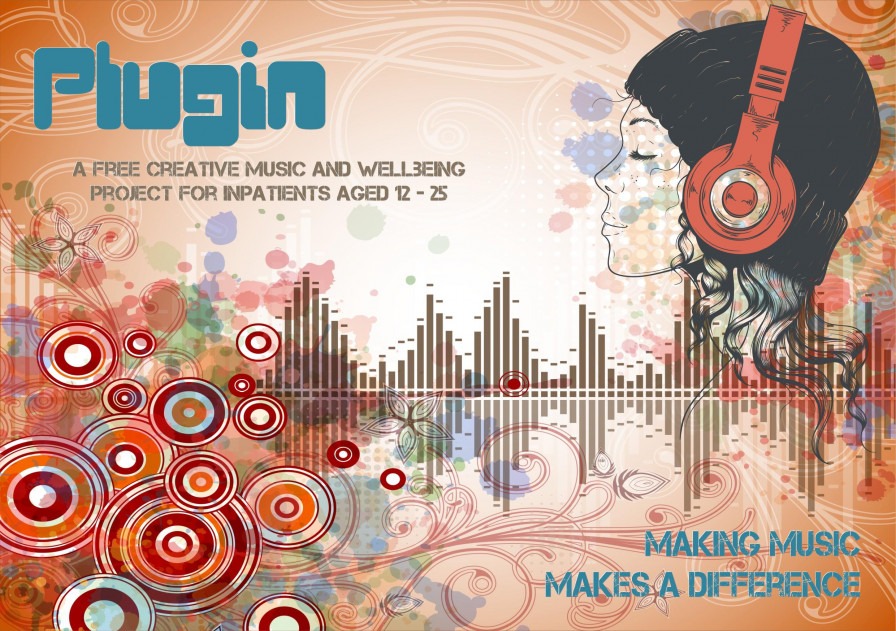Engaging with participants during lockdown by James Stanley (Lead Music Leader on Quench Arts’ Plugin project)

Engagement is something that is high up on the list of importance for us on the Plugin project. Not because we need to get facts, figures and statistics on how many people we were able to ‘engage’ with but because we know that real engagement in something creative can be hugely beneficial and therapeutic for individuals.
Engagement is not about how long we’re able to spend with certain people or how much we’re able to get achieved in that time. It’s about how many opportunities we give people to take part and how easy we make it for them to take advantage of those opportunities.
This has been particularly applicable this year. An enforced lockdown and isolation are not ideal circumstances for anyone already struggling with poor mental health. With less and less opportunities to be active in things that can alleviate stress and worry, it can become more and more difficult to stay on top of the way you’re feeling. So, whilst the circumstances meant that we couldn’t spend as much time with individuals or in settings as we would have liked on the Plugin project this year, it didn’t mean that we gave up on helping people to engage. Even just spending a little bit of time focusing on something creative can make all the difference in the way an individual is feeling. This activity was now more important than ever.
We tried many things to give people opportunities to do something creative and make those opportunities easy to access. We ran, where possible, digital group and one-to-one sessions with participants. This regular, weekly activity, during which Music Leaders worked towards goals set by individual participants, helped to keep a focus on something fun and creative. We regularly sent in material to project settings in the form of worksheets, videos and backing tracks. We even created material ourselves as a project team in the hopes of inspiring participants to engage in something creative themselves. Some of these were met with obvious appreciation. Other avenues got little feedback. Either way we were happy that we were doing our best to help participants engage at whatever level they wanted to, whenever they felt like they could. We cannot truly know how many young people in the settings benefited from this project year, even in a very small way from some of the things we sent in.
Recognising that we would have to get used to more limited contact time, we looked for ways to keep participants engaged with making music even after our ‘sessions’ had ended. For example, with one participant, we knew she was interested in writing lyrics and particularly liked Taylor Swift. So we took the initiative to create a worksheet specifically tailored to her lyrics writing needs and a backing track inspired by her favourite song. We didn’t use them in our sessions but sent them to her later so that she had additional opportunities to engage outside of sessions and that, if she wanted to do some creative work more independently, we’d manufactured a situation where this was easier for her.
It’s not been an easy year. In terms of the ways we usually quantify engagement, we’ve not engaged with as many people as we would aim to in a project year. But hopefully, by being adaptable, we’ve created opportunities for people to engage. Even if they’ve just seen one of our videos, read through one worksheet or listened to one track, we hope that our creative activities have lifted their spirits a little during a very tough time.
